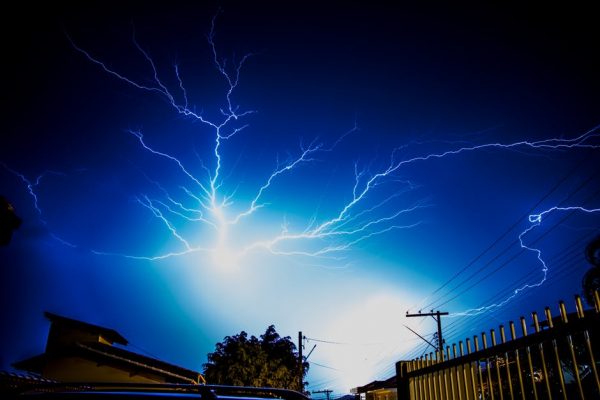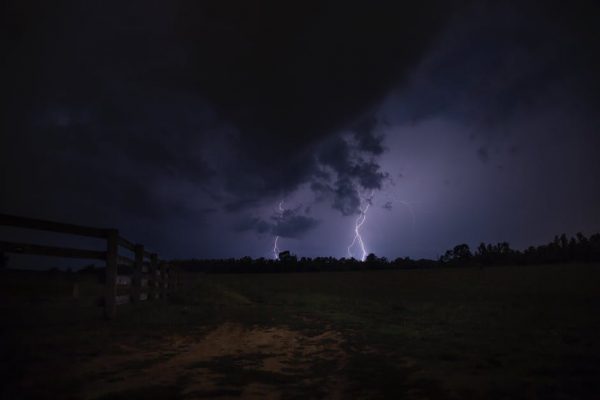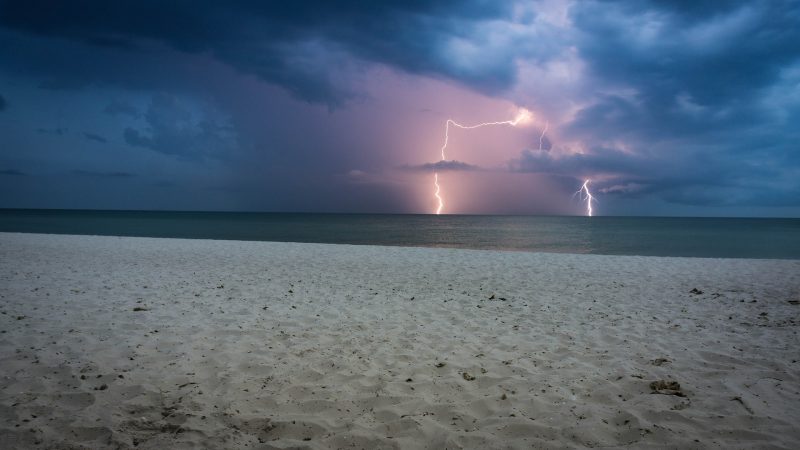Lightning storm safety while hiking, camping or backpacking
Nearly 24,000 people are killed annually by lightning strikes. The ones that survive suffer lifelong damage to their physical and mental health. Injuries don’t only occur with a direct strike, but also if you have contact with an object or a person that has been struck. You can be injured by a fire caused by a lightning storm. Though it’s not something that happens all the time, it’s crucial for hikers, campers, and backpackers to learn about lightning storm safety, as there is no totally safe place in the outdoors. Therefore it’s important to add some protection and lifesaving tips to the knowledge you already have.
While enjoying the wilderness, you need to always pay attention to the changing weather. Check the forecast before you start your hiking or camping trip and know the normal weather patterns of the area you’re visiting. The weather can change quickly, so always keep an eye on the clouds. The ones with dark underbellies indicate bad weather. Even if there’s a blue sky and it seems you are far from any storm, if you hear thunder run to the closest shelter immediately. Lightning can travel up to 10 miles horizontally before striking the ground.

If you are caught in the middle of a lightning storm, and there is no shelter near, don’t panic and try to follow these tips.
First of all, move from any open space, field, mountain top or a hill.
If you are in a forest when the storm starts, look for a group of smaller trees surrounded by bigger trees. Avoid standing close to lone trees and other tall objects that could fall on you.
When a lightning storm starts in an open area, don’t lie down flat. Turn yourself into a ball with your heels touching, head between the knees, and your ears closed. You need to become the smallest target possible. Look for a dry area. If you are anywhere in the open when the storm starts, run quickly to your car or other safe shelter. A tent is not a safe place because it gets wet. Avoid bodies of water or areas that have high flash flood potential.

Metal objects do attract lightning if you are at a big elevation so be careful with your trekking poles, antennas, and other metal devices. Also, stay away from any objects that could conduct electricity such as fences or power lines. Staying low will minimize the chance of injuries from flying debris. Crouch 20 feet apart if you’re in a group to lower the risk of multiple people being struck.
How to figure out the distance of the storm?
You know that the flash of the lightning always comes first and then you hear the thunder. Count how many seconds pass between the flash and the sound of the thunder. Then, divide the number of seconds by 5 to find how many miles there are from you to the lightning. If you need the distance in kilometers, divide by 3.
First Aid for lightning strike victims

If the victim of a lightning strike has a pulse, but not breathing, begin mouth-to-mouth resuscitation. If there is no pulse at all begin hands-only CPR (Cardiopulmonary resuscitation). If the victim is breathing and has a pulse, look for possible injuries such as burns, broken bones, loss of hearing or eyesight, or nervous system damage. Don’t be afraid to touch and help a person who suffered a lightning strike, you can’t be electrocuted. The electric charge just goes through the body but doesn’t stay there. So, you can help a person in need after the strike. Good luck!
If you have any comments then please drop us a message on our Outdoor Revival Facebook page
If you have a good story to tell or blog let us know about it on our FB page, we’re also happy for article or review submissions, we’d love to hear from you.
We live in a beautiful world, get out there and enjoy it. Outdoor Revival – Reconnecting us all with the Outdoors.





